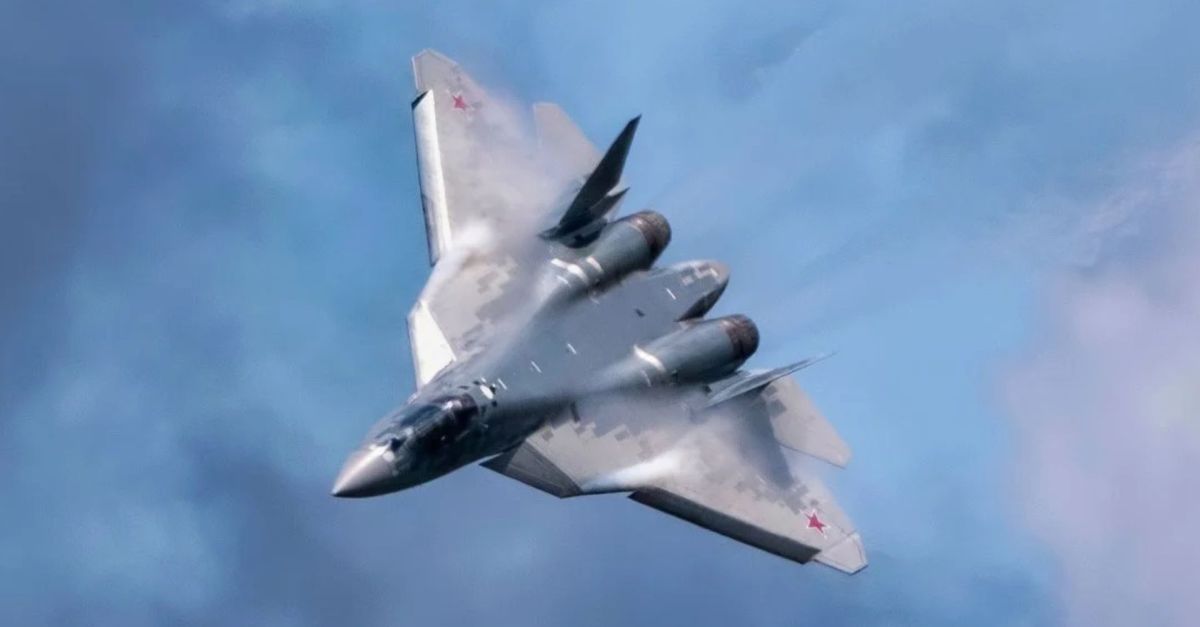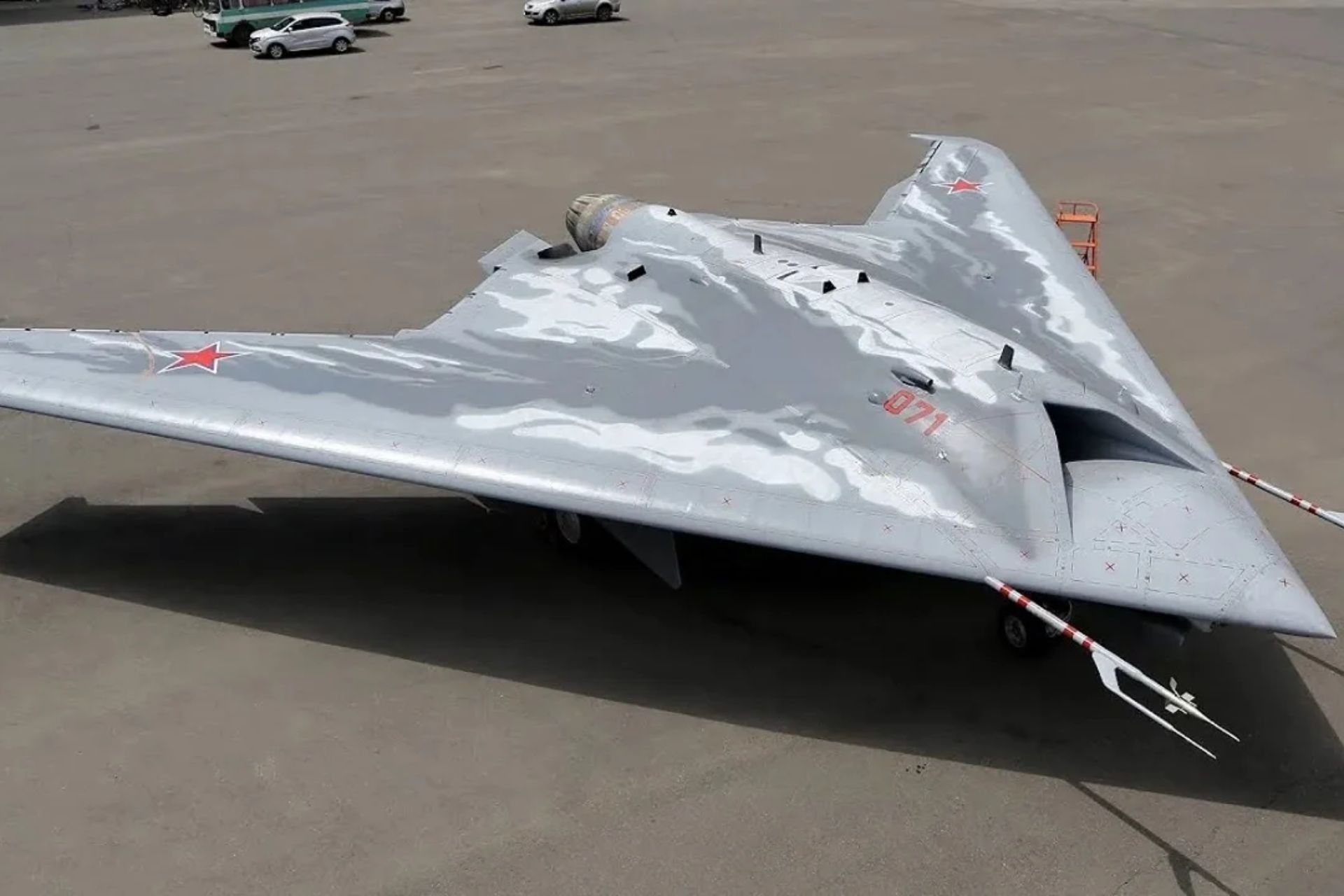Breaking News
FOCUS | How Russian Air Force could make its comeback.
Russia is expanding its production capacity for its stealth fighter, the Sukhoi Su-57, at the Komsomolsk-on-Amur aircraft plant to address its limited fleet, which currently has fewer than three dozen operational aircraft. The hope is to acquire truly new capabilities that could be a game changer for future aerial combat between Western and Eastern equipment
Follow Army Recognition on Google News at this link

SU-57 during demo flight (Picture source:Russian MOD)
Mass Production: The Key to a Comeback
Earlier this week, it was announced that Russia is currently expanding its production capabilities for the fifth-generation stealth fighter Sukhoi Su-57 (NATO designation Felon), with the goal of increasing output at the Komsomolsk-on-Amur Aircraft Plant (KnAAZ). Russia currently operates fewer than three dozen Su-57s, and due to the limited number of aircraft in service, it has not been widely used in combat operations. The Kremlin intends to address this situation by ramping up aircraft production.
Alexander Pekarsh, director of UAC's KnAAZ branch, stated that the goal is to get this facility operational as quickly as possible. The expansion of the plant's capabilities will also include the construction of a third phase of galvanic production, supported by state investments, as well as a major overhaul of other facilities.
The Su-57 is not the only thing Moscow is lacking. Russia has seen a significant number of combat aircraft destroyed in the ongoing war in Ukraine. In April, it was reported that at least 100 combat aircraft had been lost, which accounts for about 10% of its entire fleet. While this percentage is lower than the percentage of tanks lost, it remains significant, considering that it will take a considerable amount of time to replace these aircraft.

Sukhoi S-70 Okhotnik-B ( Picture source: Russian Air Force)
Drones Instead of Warplanes
As Russia strives to replace its aerial losses, it has also announced an increase in its domestic drone production. Kremlin spokesperson Dmitry Peskov stated that Russia is developing this high-tech industry systematically and purposefully, continuously moving toward import substitution. More and more production facilities are opening, with a growing percentage of parts and units being domestically sourced. This process of increasing drone production is not only set to continue but also to expand.
Moscow has had to turn to Iran for drones and other unmanned aerial systems (UAS) to support its war effort. As a result, the Russian military has significantly ramped up its domestic production. Both Kyiv and Moscow have used drones to counter tanks and other vehicles on the front lines while launching unmanned systems at infrastructure and other targets deep within each other's territories. Last week, Ukraine launched more than a dozen drones at Moscow, although the Kremlin claimed that all were shot down.
Russia has used Iranian-made drones to target Ukraine’s power grid over the past two years. With domestic production on the rise, some experts have warned that Russia could use these drones to shift the balance in its favor. Both sides are now producing hundreds of drones per day—far more than is possible with manned aircraft—but Moscow is looking to increase this number significantly. Earlier this year, the Kremlin announced its goal to produce up to 32,000 drones annually by 2030.
Therefore, even if the Russian Aerospace Forces are not expected to see a significant increase in the number of Su-57s in service, the Russian military could soon possess a massive fleet of increasingly sophisticated unmanned systems. The question will be whether the fighting continues at that point—but even when the dust settles, the future of Russian military aviation could lie in smaller, cheaper unmanned systems.


























